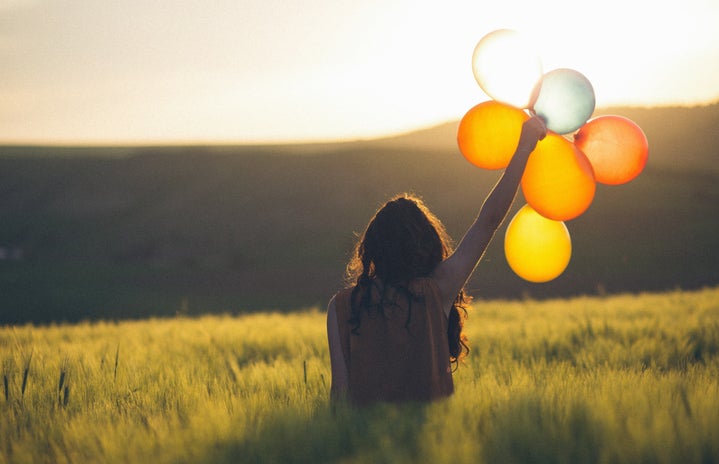This week at Her Campus at UPR, we’ve decided to dedicate our time and a few of our articles to Black History Month. I wanted to take this and closer to home by celebrating our African descent. Though it may not have a good backstory, as our ancestry derives from slavery, it is still a part of who we are.
A big part of our Puerto Rican culture is influenced by the African slaves who were brought here to work in the sugarcane and ginger fields in the 19th century. They came to replace the native “taínos” who were getting sick because of the Spaniards’ infectious diseases and mistreatment. The slaves, once they reached land, were branded with a hot iron on the forehead to “assure” they were on the island legally.
They were also educated by their masters and learned to speak the Spaniards’ language while adding words of their own, enriching the language we Puerto Ricans use today. Most terms are used for naming foods, dance moves or genres, but there are also terms to refer to emotions that surprisingly we use all the time.
mofongo
We love enjoying “yautía,” “malanga” and “ñame” when we have the opportunity. If not we have the plantain to make “mofongo,” “mondongo” for the hangovers or the “gandul” to make rice with it. In terms of the music, “bomba” steps have African names. For example, there’s the “bambulaé,” “calindá,” “cunyá,” “danuá,” etc. For the emotions, we love the “pachanga” or the “bachata.” If someone is mad at us, we can send them to the “jurutungo” or tell them to stop the “ñeñeñé.” If something is not going well, we can say we have a “fufú,” or if it’s going well everything’s “chevere”.
yautía
This uniqueness is one of the things that makes us celebrate this month proudly. It’s a part of us made to stand out along with our racial mix. We have the African flavor in our looks, with our beautiful curly hair and shining dark complexion, in our music with the traditional rhythms, and most importantly in our language, the one we use most to deliver a message.

